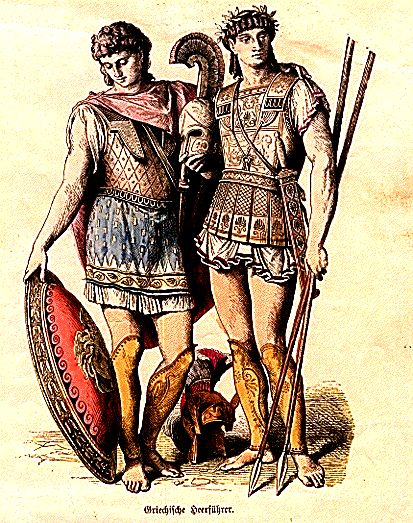m.t.cicero
Nation Name: Azzurh
Capitol: Azzurh Ihar
Government Type: Merchant Oligarchy, primary families are Tsahri, Usiri, and Pecconari.
Religion: Nature-based four god pantheon
Stability: 1-5
Economics: Bank(+Income)
Population: Total(+Growth)
Army: Javalineers, chariots, archers, short-sword-and-shield men.
Navy: Galleys, large merchant marine that can be called upon in times of dire need, and large canoes for the lagoon.
Projects: (from roadworks, to Great Wonders such as Pyramids)
Color: Maroon
The ancestors of the Azzurhans once lived on the savannahs and grasslands that abound on the northern edge of civilization, but repeated raids by less civilized peoples forced them to seek shelter on the islands of the great
Iccaro Lagoon. There, with easy access to the sea and an easily defensible position the Azzurhans built their great city, Azzurh Ihar. Though the city's reliance on farmers to the south along the
Zahor River and around
Lake Aulka for food has limited its size, its proximity to the sea has given both a bounty of fish and a bounty of wealth, as adventurous young men look to the sea to acquire great fortunes as traders. Trade with the peoples of the south brings ideas along with wealth.
Three wealthy merchant families have consolidated most of the power in Azzurh, those being the Tsahri, with patriarch
Mulcimma Tsahri, the Usiri, with matriarch
Urcorlu Usiri, and the Pecconari, with patriarch
Selpa Pecconari. These families, who have gained great wealth through trading, dominate the politics of Azzurh, as every man has his price. They have created the laws of the state in such a way as to allow them to continue their dominance in it. Nominally the Triple Council, with representatives from each family, rule the state, but in reality each family has an iron grip on its own part of the city, the three clans always engaged in a conflict which divides Azzurh, though the families will unite in an instant should an existential outside threat appear.
The Azzurhans worship a pantheon of four gods, those being
Father Sky,
Brother Earth,
Sister Sea, and the
Great Soul. Though the first three are self-explanatory, the Great Soul is believed to be a divinity which exists in every person and living thing, which gives each individual his or her own soul and mind but also binds the souls and minds of all.
Soul Seers are revered for their ability to commune with the Great Soul, which allows them to see into the hearts, minds, and futures of all men and even, for
Great Seers, into the souls of the three other gods, allowing the Great Seer to know if a natural disaster or a bountiful season is coming. The Fourfold Faith, as it is known, is extremely popular with the masses, with Sister Sea being especially popular given Azzurh's romance with the sea. There are those in the upper classes however who are more skeptical, and will on occasion bribe a Great Seer to see the right future.
Recently the Great Seer has predicted a bright future for Azzurh, full of power and glory, though a prerequisite for this future is for the Azzurhans to heal their relationship with Brother Earth, whom they have long shunned and neglected. To reach an accord with the Brother, the Azzurhans must begin to expand from the safety of their city and their Lagoon.
Exact Location of Azzurh Ihar:
Most, if not all, Azzurhan soldiers had been sailors at one point. Their choice of weaponry reflected this, forsaking long spears for either the ranged weapons, like the javelins above, they had used in ship to ship combat or the short swords they had used in close combat on board ships.







 Great idea!
Great idea! ). The Council numbers 3 people, and they individually vote on important matters regarding the state, and a simple majority is enough to pass a motion, which then becomes a law/action.
). The Council numbers 3 people, and they individually vote on important matters regarding the state, and a simple majority is enough to pass a motion, which then becomes a law/action.



